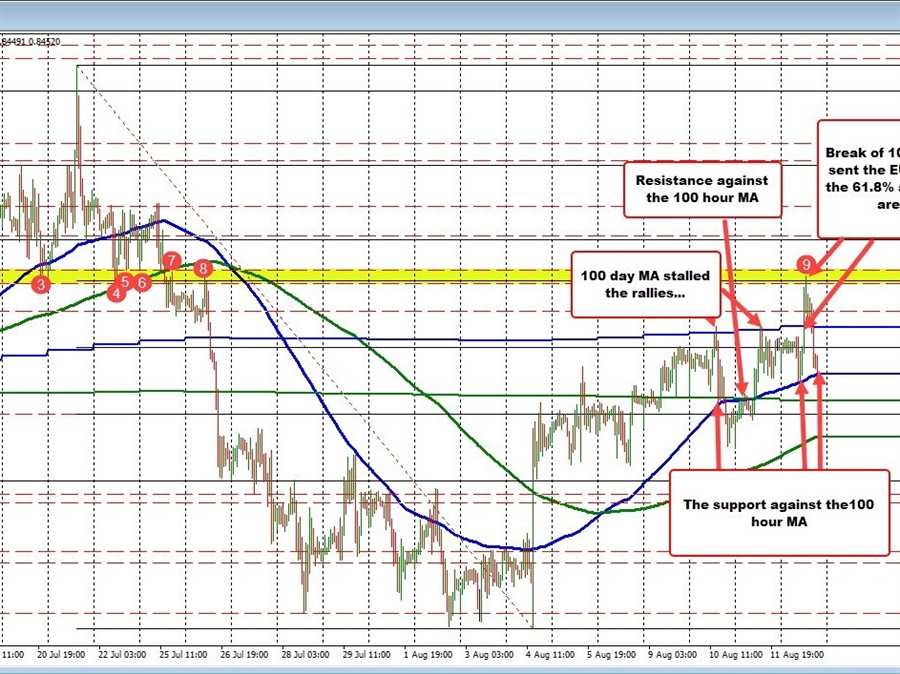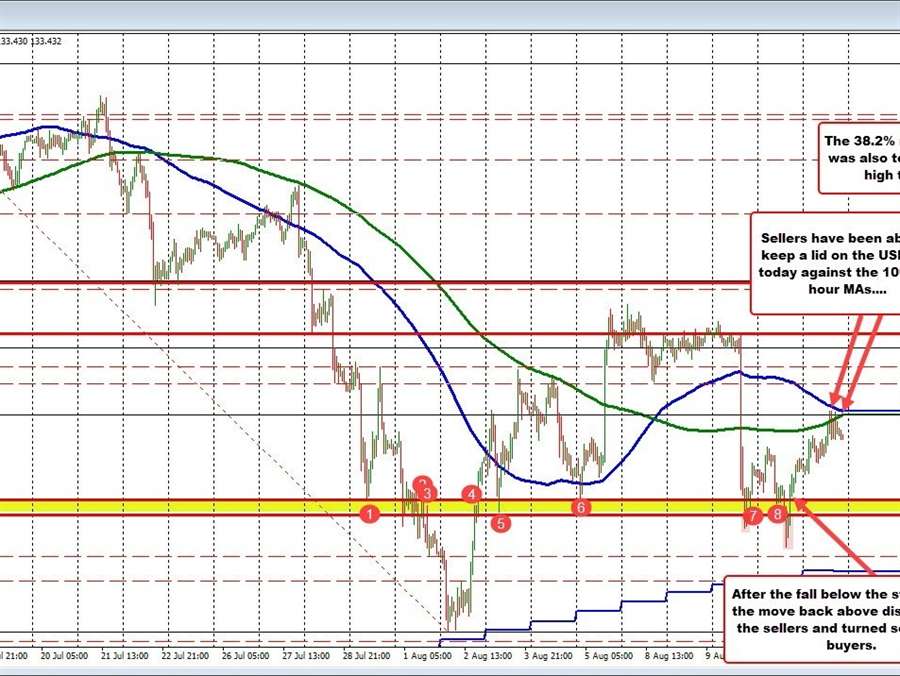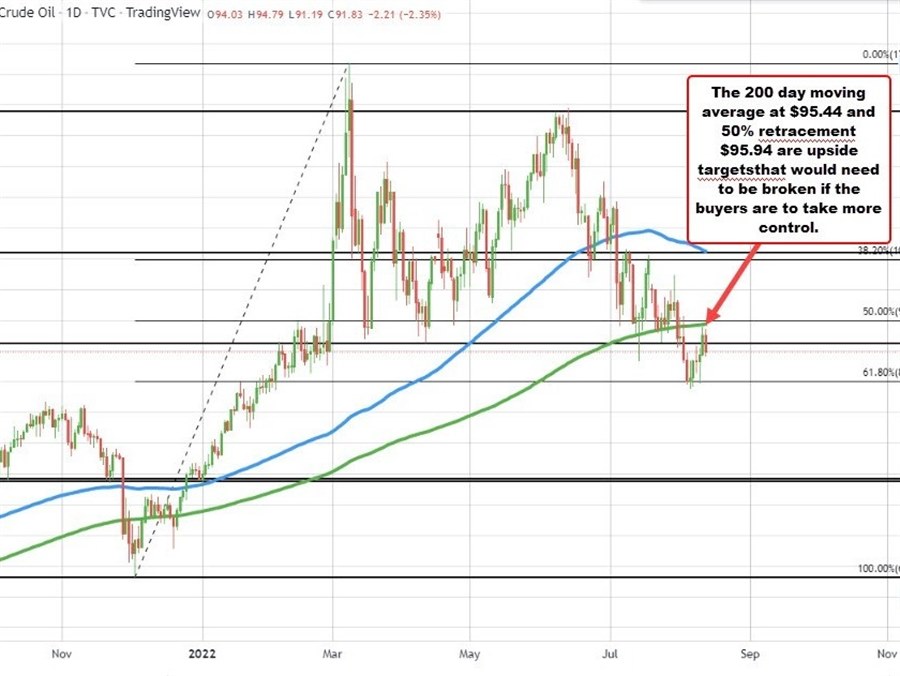
The price is also moving below a swing area of highs and lows going back to March 7 between 0.7420 and 0.7428. It would take a move back above 0.7428 intraday to hurt the negative bias in the short term. Stay below and the bears remain in control with a break of the 50% at 0.74126, targeting another swing area between 0.7367 and 0.73799.
The move to new lows is within a data structure that has seen price action move up and down. However there is some downside bias as result of risk off sentiment which can impact the AUDUSD in a downward direction. US stocks remain under pressure with the NASDAQ index down -1.86% the S&P index is now down -1.27%.
ADVERTISEMENT – CONTINUE READING BELOW








